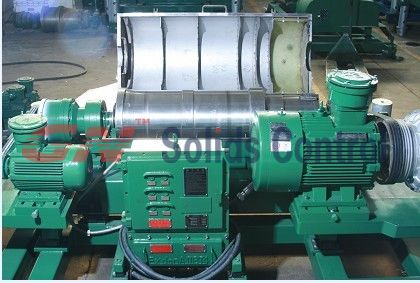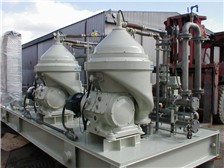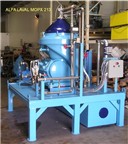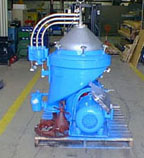May 17, 2010
The Iranian government just announced a deal to send its uranium abroad, in return for fuel for a research reactor. So does that mean the nuclear crisis is solved? Or is Tehran just playing for time while it gets closer to the Bomb?
Iran is trumpeting the deal as a diplomatic victory: The United States and its allies were expected to push for a tougher round of international sanctions next month, after Lebanon gives up its rotating presidency at the U.N. Security Council. And at first blush, the deal mirrors an arrangement the International Atomic Energy Agency forwarded in October (which is and backed by Western governments) to send out Iran’s uranium for enrichment in France and Russia.
Here are the basic outlines: Iran would ship a 1,200-kilogram batch of low-enriched uranium to Turkey and international monitors would ensure the safekeeping of the stuff. After a year, Iran would get 120 kilograms of fuel for the Tehran Research Reactor. (The BBC has the full text of the declaration here.)
In theory, it eases a major concern about Iran’s nuclear program. The proposed shipment of 1,200 kg is enough for a single, crude Hiroshima-style bomb if it is further enriched to a high enough level (90 percent or higher). Problem is, Iran’s low-enriched uranium stockpile is now larger than when the deal was originally proposed.
Iran currently enriches uranium at a gas centrifuge facility in Natanz. That’s where uranium hexafluoride gas — the feedstock for enrichment — is spun through centrifuge cascades to separate out uranium-238 (the most common isotope of uranium) and uranium-235 (the fissile material for a bomb). Iran is apparently building a second centrifuge facility at a site near Qom, although no centrifuges have actually been installed, the best we can tell.
One question, then, is how much low-enriched uranium Iran would still have after the fuel deal. Joseph Cirincione, president of the Ploughshares Fund and an expert on nuclear nonproliferation, tells Danger Room Iran’s reported deal “is more than expected,” although he adds a few caveats.
“If Iran carries through — and that is a big if — the deal could buy some breathing space in the continuing crisis,” he said in an e-mail. “But the May deal is worth less than the October deal for two reasons. First, Iran has continued to produce low-enriched uranium, so the 1,200 kg it will ship to Turkey is a smaller percentage of its total supply. The latest IAEA report in February gave them an estimated 2,065 kg at the end of January. They are producing about 125 kg per month, so that could be a total of 2,565 kg by the end of May. Thus the 1,200 kg shipped would represent only half their supply.”
Second, Cirincione added, the proposal brokered with Turkey and Brazil may do little to allay concerns about Iran’s nuclear intentions. “Suspicions and mistrust will remain high,” he said. “Western states will continue to believe that Tehran is playing Lucy and the football with the LEU — offering it up for exchange, only to yank it away at the last minute.”
However, Ivan Oelrich, vice president of the Strategic Security Program at the Federation of American Scientists (FAS) and FAS researcher Ivanka Barzashka told Danger Room that the technical difference between the October deal and the May deal is small — and that Iran is offering up a key opportunity for engagement.
“A ton of LEU [low enriched uranium] is a crude nuclear weapons’ worth of material,” said Barzashka. “It’s safe to say that you’re reducing the number of nuclear weapons Iran can make in the future.”
Oelrich and Barzashka point to a second problem, however: Iran has used stalled negotiations about the research reactor to start enriching a small quantity of uranium to 20 percent. In theory, if Iran develops a significant stockpile of 20 percent uranium — something it has not done yet — it would cut in half the time to reach 90 percent. “That’s an important thing to avoid,” Oelrich said.
According to calculations by Barzashka and Oelrich, if Iran had shipped out a ton of material back in October, it would have left them with around 800 kg as feedstock, not enough to acquire a significant quantity of highly enriched uranium. If they continue to enrich uranium, however, they might have enough by October to ship out a ton and still have enough material left over to begin enriching a bomb’s worth of the stuff.
Thus far, however, Oelrich and Barzashka argue that the effort to enrich to 20 percent is modest, and has more political than technical meaning. “We think it’s largely symbolic at this point,” Oelrich said.
And FAS is encouraging the State Department to take a serious look at the proposal. “This whole deal was supposed to be a step forward for engaging Iran, not to stop its enrichment program,” Oelrich said. “Frankly, we’re about to go over to the State Department today and try to convince them to accept Iran’s timing of their proposal.”
source: www.wired.com












